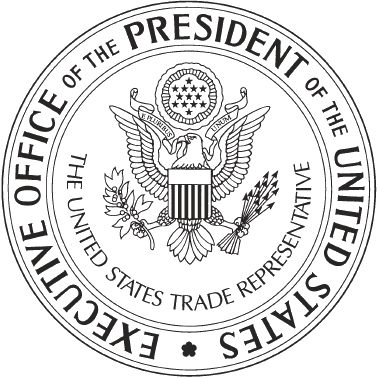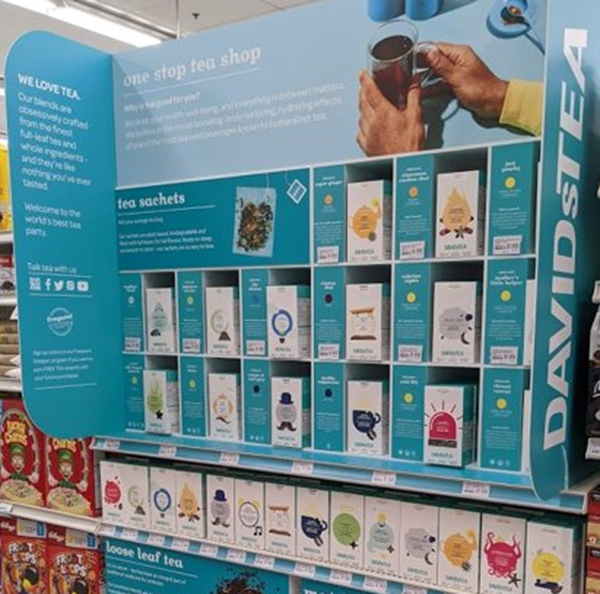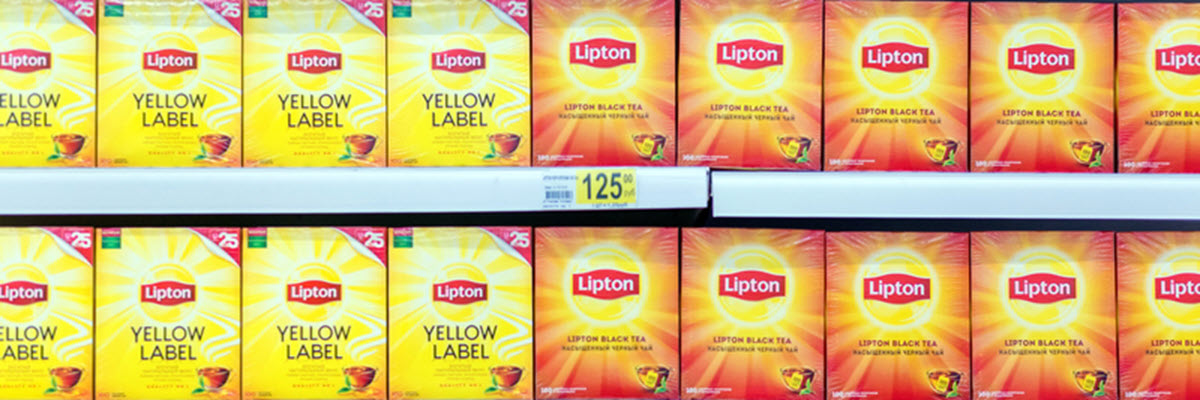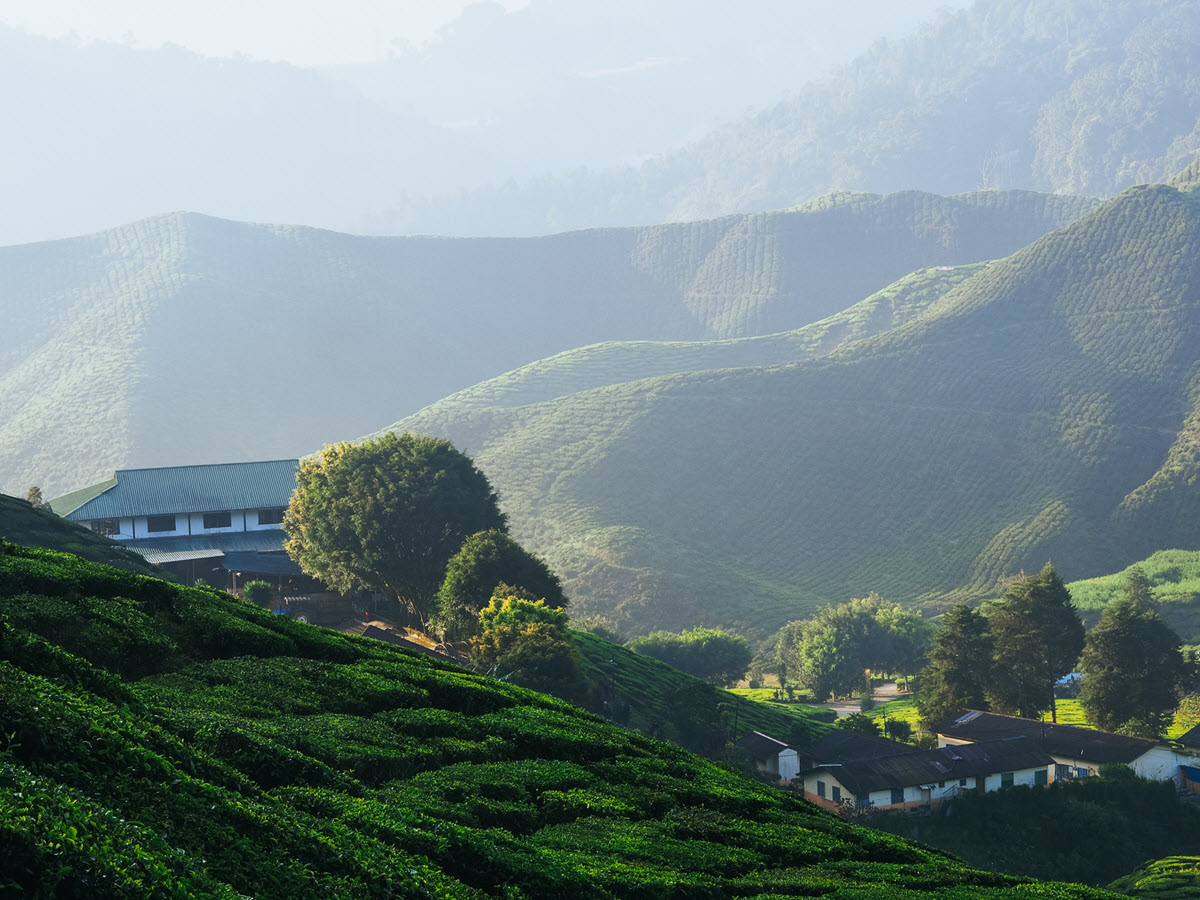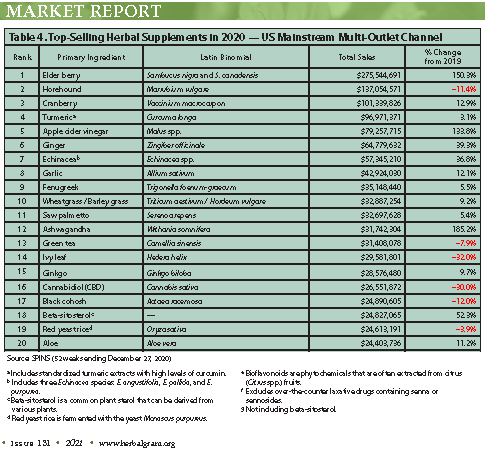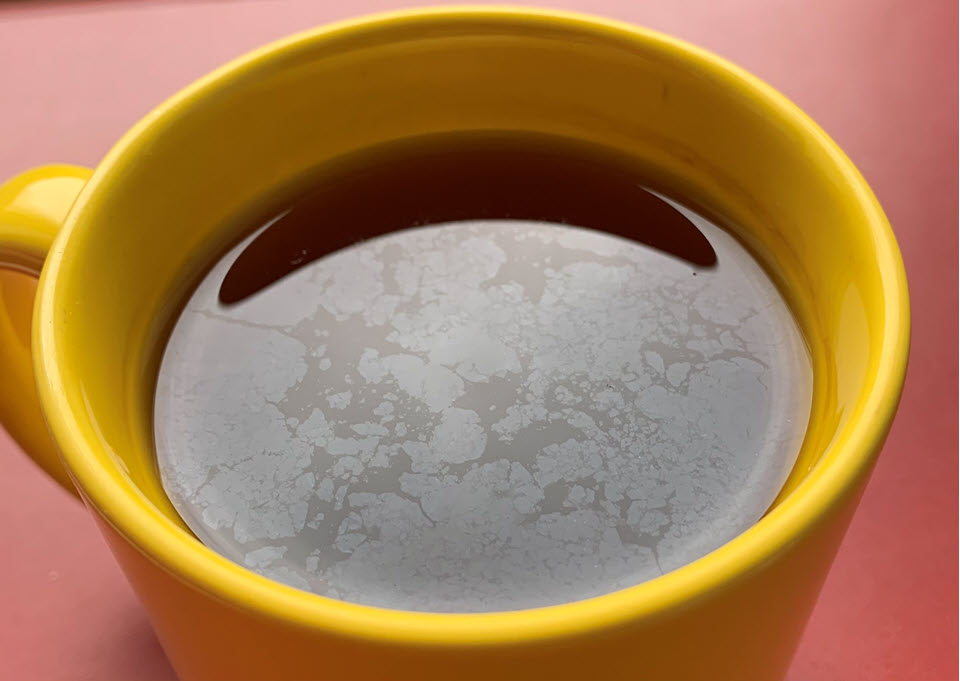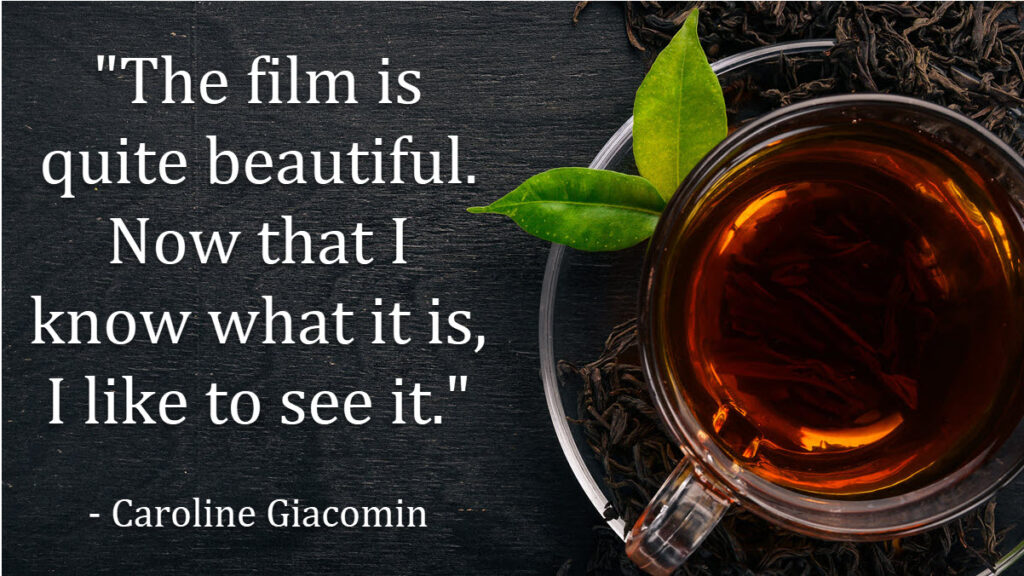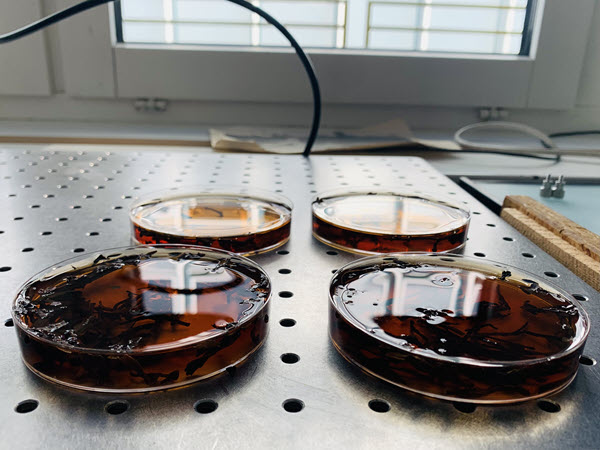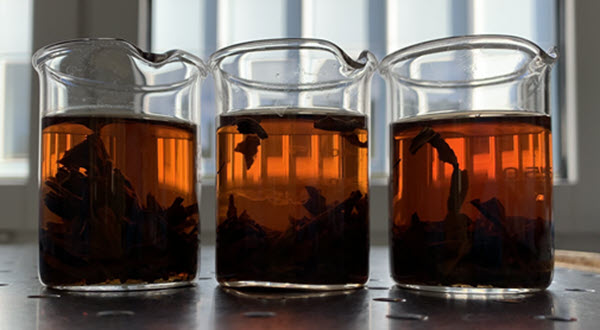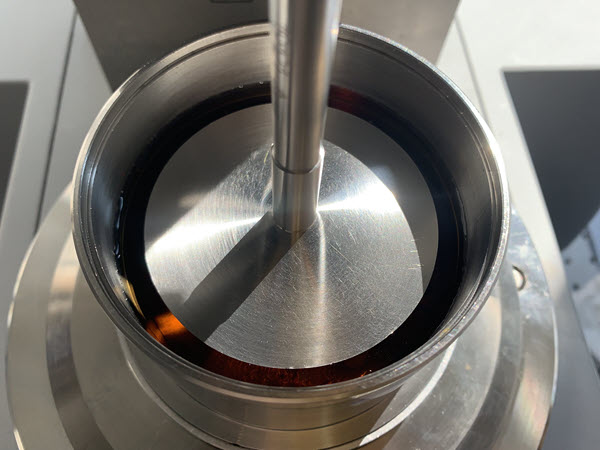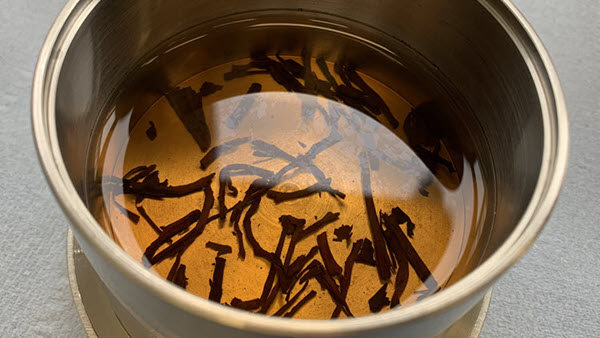Hear the Headlines
| India Adopts Tea Industry Reforms
| US Considers Granting Exemptions from Chinese Tariffs
| A Tribute to Nepal Tea Maker Morris Orchard
India Tea Price Watch
India Tea Price Watch | Aravinda Anantharaman
The Tea Board of India announced a mechanization subsidy for smallholders to address the problem of labor shortages in tea gardens. India’s Ministry of Commerce and Industry extended its tea development and promotion program through 2025-26 discontinuing subsidies for Orthodox production that includes $40 million for clearing subsidies in the tea sector. Learn more…
Features
This week Tea Biz travels to Alberta, Canada, high in the Canadian Rockies to visit one of several Swiss-inspired tea houses designed to provide high-mountain trekkers shelter and warmth.
… and then we visit Tokyo, Japan to meet tech and tea entrepreneur Hiroshi Takatoh whose Teatis blends of brown seaweed and matcha and seaweed and botanicals are formulated to help diabetics control high blood sugar levels.

Jolene’s Tea House
By Jessica Natale Woollard
The rugged Canadian Rocky Mountains thrust nearly 20,000 feet into the sky, a haven for hikers that inspired a unique style of high-mountain tea houses built to provide warmth and shelter along the trail. In Banff, Alberta, Tea Biz correspondent Jessica Natale Woollard visits Jolene’s Tea House – a refuge for mind and body. Read more…
Listen to the Interview

A Medicinal Tea from the Sea
By Dan Bolton
Tea has an ancient history of medicinal applications, many of which have been validated by scientific research. The same is true of seaweed which contains antioxidants (vitamins A, C, and E) as well as trace minerals and protective pigments. Joining us from Tokyo for this week’s podcast is Hiroshi Takatoh, CEO, founder, and blender at Japan-based Teatis Tea. Takatoh is exploring, with his team of food scientists and doctors, tea formulations to assist diabetics and pre-diabetics control their blood sugar levels. Read more…
Listen to the Interview
News

India Adopts Tea Industry Reforms
By Dan Bolton
Facing continuing declines in export revenue, India’s Ministry of Commerce and Industry has funded several programs and instituted fundamental reforms in tea.
In September the Tea Board of India said it will suspend seven sections of the Tea Act of 1953 following the commerce ministry’s decision to amend regulations governing the sector. Seventeen of the Act’s 51 provisions are no longer enforced as India gradually deregulates the tea sector.
Permits to grow tea will no longer be required, a decision that is likely to increase unregulated production by smallholders who now account for 52% of India’s tea by volume. Tea production has rebounded in 2021, up 18% compared to the first eight months of 2020 to total 792 million kilos. Read more…
A Tribute to Teamaker Morris Orchard
The death of Nepal teamaker Morris Orchard due to COVID-19 is a sad reminder of the pandemic’s toll on the global tea community. Orchard, general manager at Jun Chiyabari Tea Estate and a third-generation tea man, was 58. Kevin Gascoyne, a partner at Montreal’s Camellia Sinensis tea company and a long-time buyer of Nepal tea shares how Orchard advanced tea making in his lifetime. View on YouTube.
Listen to the Interview
US Considers Exemptions from Chinese Tariffs
Trade talks between the US and China will resume but there is little hope the Biden Administration will do away with tariffs that have depressed tea imports from China for the past three years. However, US Trade Representative Katherine Tai announced the US will resume a program that allows companies importing some product categories to apply for exemptions, relieving them from paying the tariff.
Applications for exclusions were suspended in 2018. USTR writes that of the initial 2,200 exclusions granted, 549 were extended through Dec. 31, 2020. Criteria to qualify is based on economic hardship and whether the product is available only from China, which is true of several categories of tea.
The US currently charges duties on $350 billion of Chinese goods, penalizing importers who often pass the added expense to consumers. Tariffs add 7.5% to the price of Chinese tea. Tai said the US “does not want to inflame trade tensions with China” but made it clear additional duties and restrictions could be imposed.
Biz Insight – Tariffs on tea are insignificant compared to those levied on steel, agricultural food products and create no hardship for the Chinese who annually export $2 billion worth of tea. The 50-day public comment period on why the USTR should reinstate exemptions opens on Oct. 12. The list of previous exemptions is posted on the USTR website. None of the 549 exemptions were granted to tea companies but companies importing ink cartridges, submersible pumps, lampshades, bottle caps, and electric motors all made the list.
— Dan Bolton
- Read more… links indicate the article continues. Learn more… links to additional information from reliable outside sources.
Upcoming Events
October 2021
Duyun Maojian International Forum for Tea Lovers | Dunyun, Guizhou, China |
6th Annual Conference for China Tea Import and Export Trade | Oct. 21-22
The co-located events showcase the production of Maojian green tea. China quarantine and travel restrictions apply. Website | Brochure (PDF)
December 2021
World Tea & Coffee Expo | Gandhinagar, India | December 2-4
Launched in 2013 and now operated by Messe Muenchen India, this hybrid virtual and in-person event for tea and coffee professionals is now scheduled for the Helipad Exhibition Centre, Gandhinagar, Gujarat, India. Website | Register
Click to view more upcoming events.
Share this episode with your friends in tea.
Listen to Tea Biz on Apple Podcasts
https://teabiz.sounder.fm/episode/news-01212021Subscribe and receive Tea Biz weekly in your inbox.




